Should you wall-mount your Wi-Fi router?
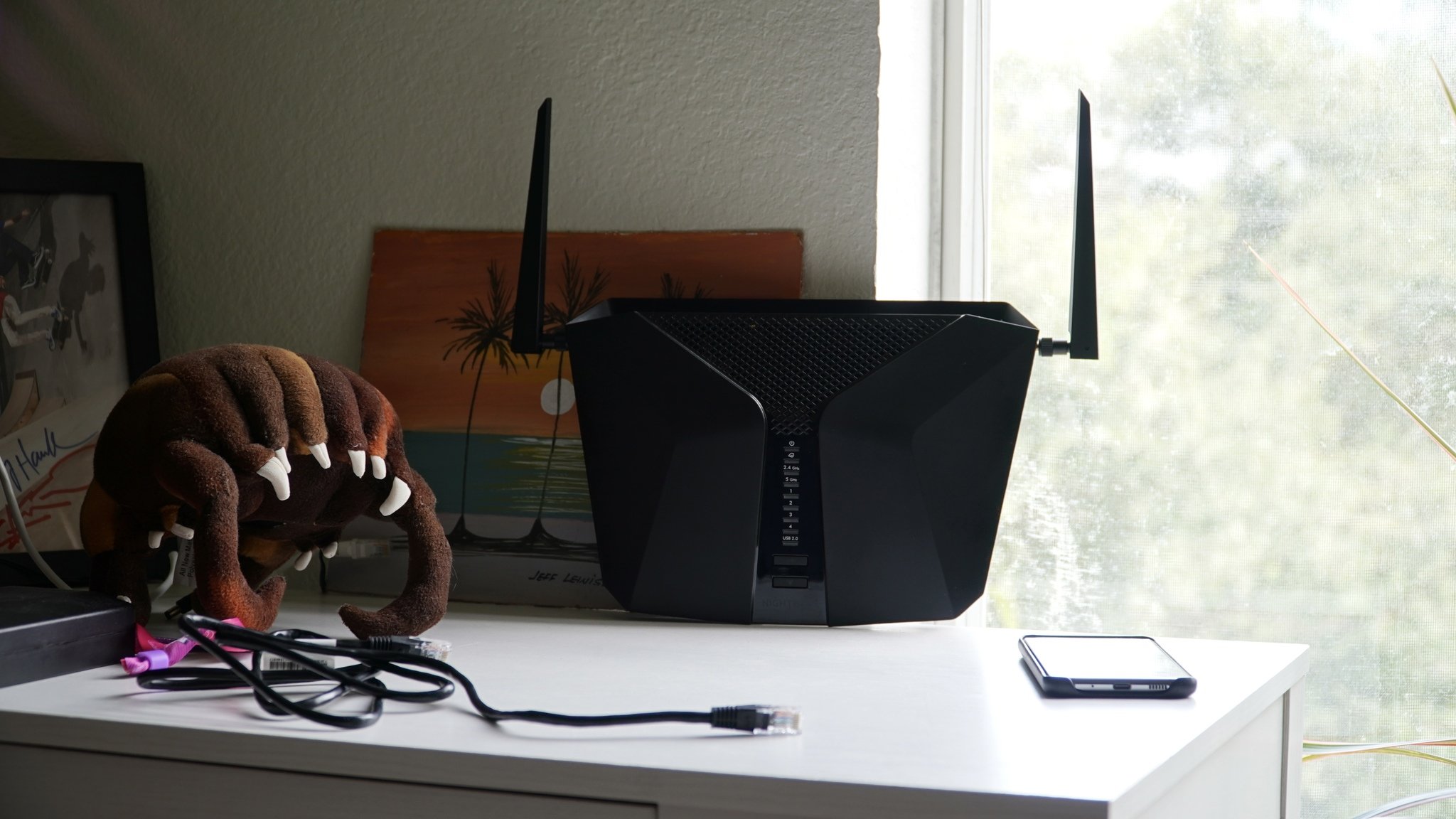
One of the most important aspects of getting a great Wi-Fi connection is positioning. Even the best Wi-Fi 6 routers can struggle with signal strength as you put walls between it and your device. This is an even bigger concern as higher-frequency signals at 5GHz and 6GHz will struggle a bit more when it comes to wall penetration. Wall-mounting your router can be a great way to ensure you get the best signal possible all over your home while also taking up less space.
Can wall-mounting improve performance?
If you're struggling to find a good position for your router, wall-mounting can definitely be a great option and can even lead to improved speeds. While your walls have the most significant impact on signal strength, other things like appliances and furniture can also have a big impact. For Wi-Fi to work well, radio waves must travel to and from your wireless device from the router and anything that disrupts those signals.
For the least signal degradation possible, you want the radio waves to spend as energy as possible inside dense objects like walls. Lower 2.4GHz Wi-Fi frequencies travel through walls a bit better, thanks to wider waves that only have a handful of peaks inside the dense portion of the wall. Higher 5GHz and 6GHz Wi-Fi signals have much narrower waves meaning they'll have more peaks inside the thick material and lose more energy.
This is the main reason why 2.4GHz Wi-Fi reaches so much further than 5GHz. But most of the time, even 5GHz can make its way through a whole house if you've got a powerful router. It all comes down to positioning your router as centrally as possible in your home.
Many of our homes are made from relatively thin drywall sheets attached to vertical wooden boards, which is fairly easy for Wi-Fi to deal with, but this isn't true for everyone. Some older homes, for example, have thick plaster or tiles on the wall. Not only that, but some areas will have internal blocks or concrete walls for added structural support. The point is that there is no single way to build a house, and your layout might be like no other.
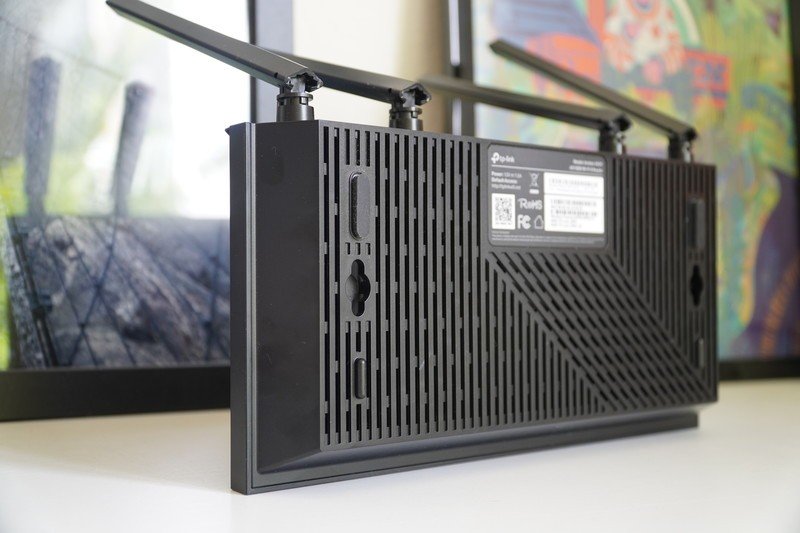
Wall-mounting can help you put your router in an optimal location with no other furniture. For example, a router can be mounted in a central closet or higher on the wall in a hallway. Luckily most routers will come with mounting holes on the bottom that will work easily with a couple of screws.
Are there other reasons to wall-mount?
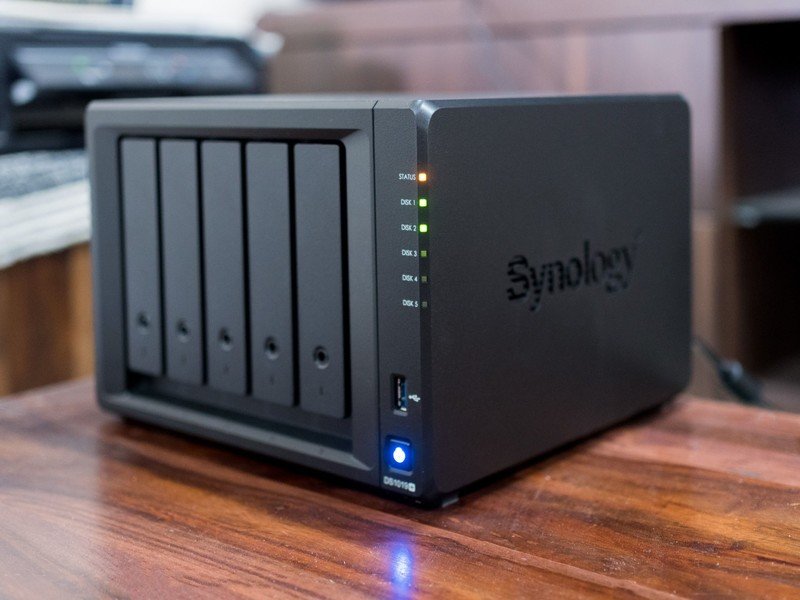
Even the simplest Wi-Fi router setup requires an Ethernet cable, a power cable, and much more if you've already got other networking equipment like a wired switch or a NAS. Clearing some shelf space for a router can be a challenge.
Be an expert in 5 minutes
Get the latest news from Android Central, your trusted companion in the world of Android
Not only that, but if you need to access the LAN ports on your router, having it up on a wall can make it easier to see what you're doing. Trying to spin your router around on a table or shelf is cumbersome, and it's still hard to see which port is which. On top of that, you'll need some extra slack in your cables which can make clean cable management much more difficult.
One last practical improvement that comes with wall-mounting is that you simply get the router up and out of the way. This can be great for a family with a kid that likes to push buttons and pull cables. Similarly, if your dog or cat likes to take a bite of your wires, they can be safely out of the way.
Sometimes it's not the best choice
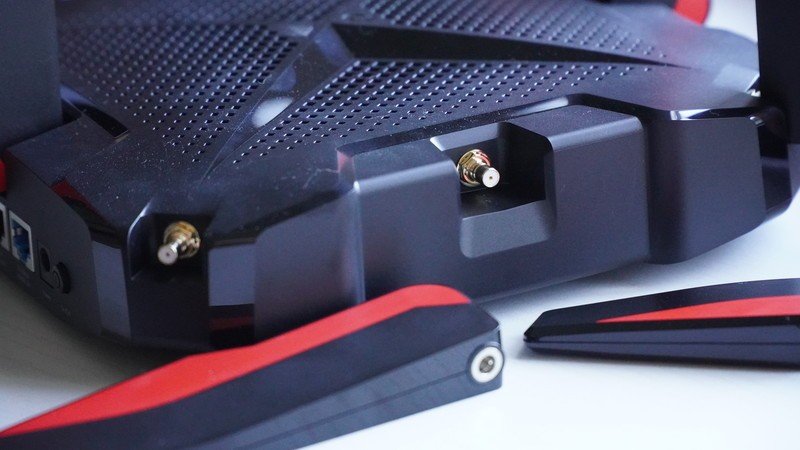
Admittedly, I never mount my routers, and that's not just because I'm constantly switching them out. When it comes down to it, having a dedicated space for my router on a shelf is much easier and means I don't need to run extended lengths of Ethernet or find a power solution that reaches up the wall. If you're willing to run the cables, it's not hard or expensive to find a compatible power cable and long Ethernet cable; you just need to decide if it's worth it.
It also makes the router difficult to move later on since your setup will be designed around the specific needs of the router you've mounted. Often this is simple with only a couple of screws needed for the whole job, but if you're mounting to finished drywall, you could be stuck patching the hole and trying to match paint from years ago.
There's also the problem that not all routers are designed to be vertical. Many routers use simple convection to stay cool, which could lead to overheating unless the router is going in a well-ventilated area.
The biggest problem by far is antenna layout. The omnidirectional antennas that most routers use. Simply put, this type of stick-like antenna's signal goes out in a donut shape from the center. With this shape, most of the signal is directed horizontally away from an upright antenna. For your router to work optimally on a wall, your antenna should be pointed upward or mostly upward. Many routers now come with fixed antennas or completely internal antennas.
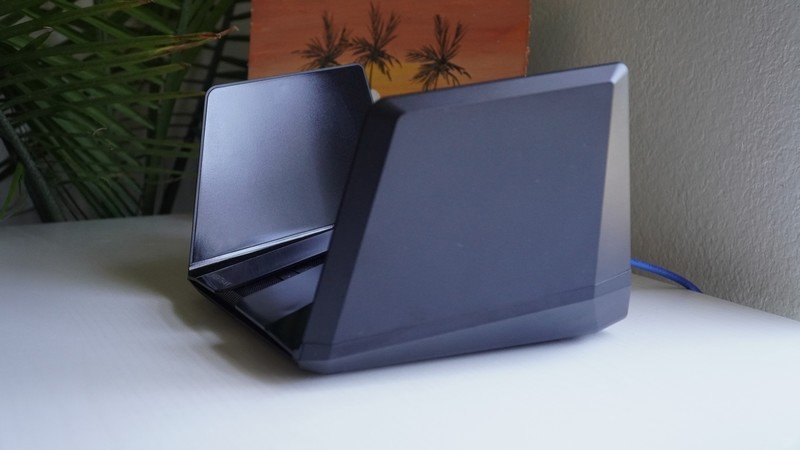
Netgear's wing-like antennas on its Wi-Fi 6 Nighthawks, for example, only have one position. So while the internal orientation should still provide good coverage in a vertical setup, it may not be as efficient as an adjustable antenna.
You might need a mesh
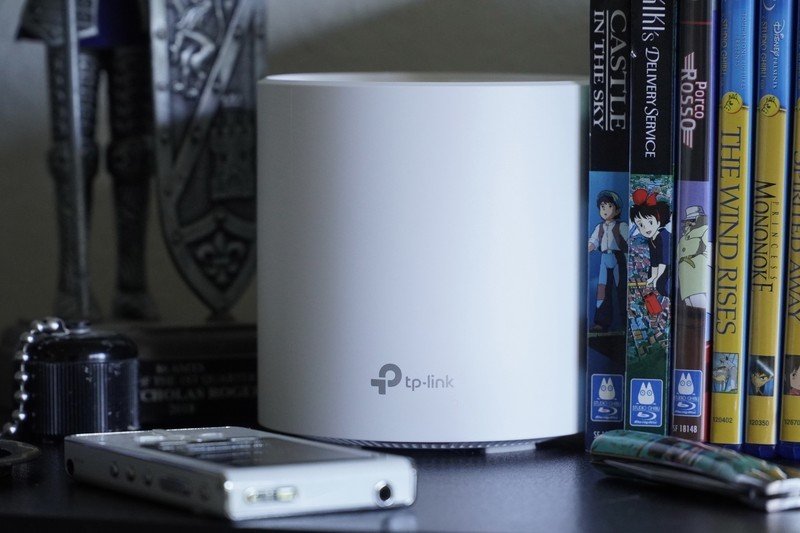
If you're looking for a solution to dead zones and positioning has little effect, it may be worth checking out one of the best mesh routers. Mesh routers work around tricky home layouts by putting wirelessly connected nodes in an area to avoid interference the main router would encounter. One example is a home with concrete walls. A traditional single-router setup would need to use brute force to penetrate the wall, while a cleverly deployed mesh could simply sidestep the wall.
A mesh system also puts the access point closer to your device so you can be sure both your downlink and uplink speeds are strong. Not only that, but the minor hit to latency you take with a mesh likely comes with great consistency across the board. Most people that don't get enough coverage with a standalone router should consider a mesh solution before getting in too deep with mounting solutions.
When Samuel is not writing about networking or 5G at Android Central, he spends most of his time researching computer components and obsessing over what CPU goes into the ultimate Windows 98 computer. It's the Pentium 3.

